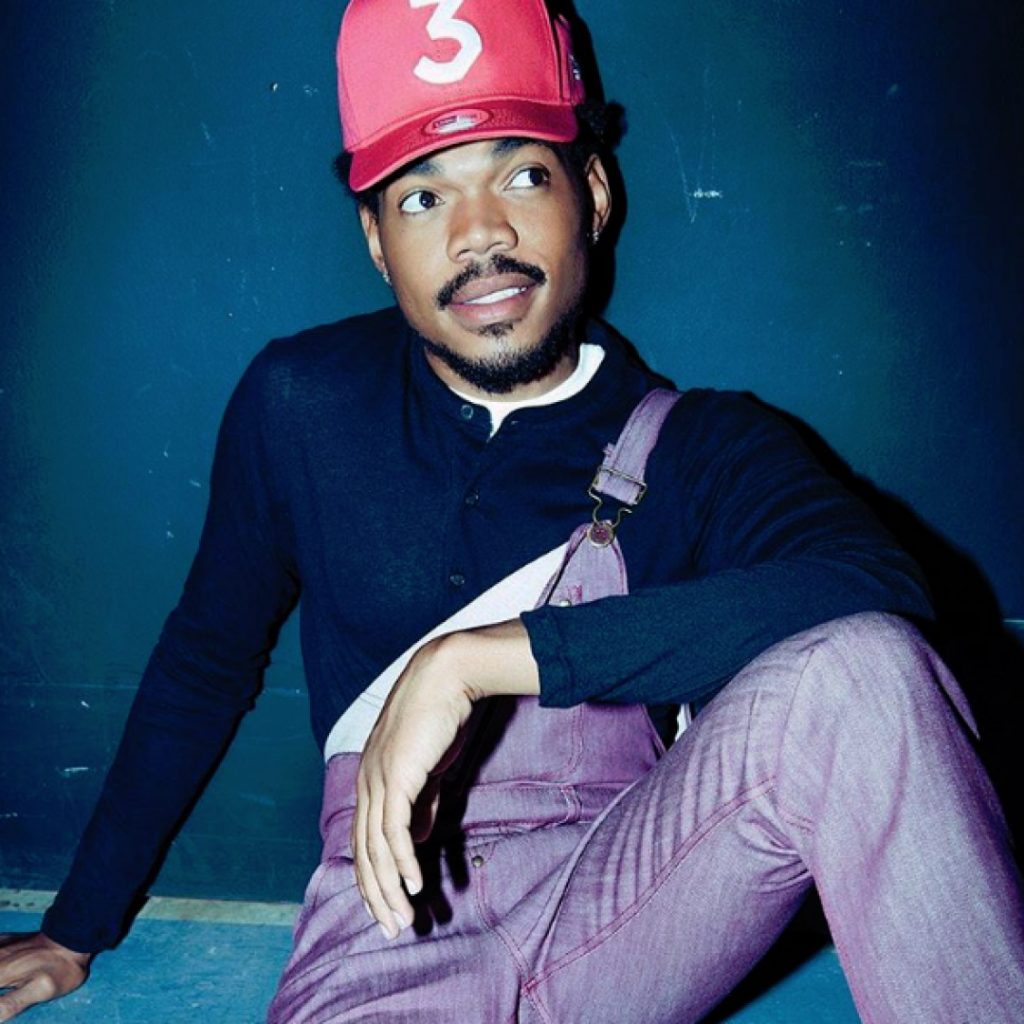
While Megan Thee Stallion had women living their best Hot Girl Summer all summer long with the release of her mixtape “Fever” in May, Chance the Rapper had us in our feelings with the release of his album “The Big Day” in July.
Chance the Rapper is not your typical contemporary hip-hop and R&B artist, mostly because of his transparency about his personal struggles with addiction, poor mental health, his upbringing in Chicago and the importance of family successes in his music. On his social media, he shares pictures, videos and moments with his family, including his beautiful daughter Kensli. And “The Big Day” speaks to his joy as a young Black man from Chicago marrying his sweetheart, with songs like “I Got You (Always and Forever)” that is about his love for his wife or “Eternal,” a song that speaks about the value of monogamous relationships.
However, the main focus of the album, the wedding between him and his longtime sweetheart Kirsten Corley, was not well received by critics. In Rolling Stone, a reviewer blasted it as an album with “about as much tonal variation as a leather-bound wedding photo album.” Similarly, Pitchfork reviewers seemed somewhat unenthused by the project, noting that it “amounts to everything and nothing at the same time.”
But nobody should be surprised about the focus of the album, especially given Chance the Rapper’s deep devotion to his family and his faith. He is not breaking character or style in the album. The better question is, why does that topic rub everyone the wrong way?
Although the idea of Black love, marriage and loving relationships is not new, most men in the music industry have not sung about or celebrated being in love with their wives. The mention of women by men in the music industry has been done in a way that sexualizes and objectifies them — not celebrates the love that they share together. Close followers of Chance the Rapper over the past four years have seen through his music and on his social media that he does not fit the typical male hip-hop and contemporary R&B artist archetype. Especially given he is just 26-years-old, he has shown himself to be nothing less than a person who is constantly changing, learning and growing.
The issue is that consumers put artists into categories. We have expectations for what we think they should be, which puts limitations and pressure on them to be a persona. This creates an image that allows them to put out music that sells, but prevents them from being their authentic selves.
But in order to grow as a community, we need to allow room for more diverse Black male artists that don’t fit the fixed image of the stereotypical hip-hop artist. We still have work to do normalizing Black boy joy in and outside of the media and in the Black community as a whole.


